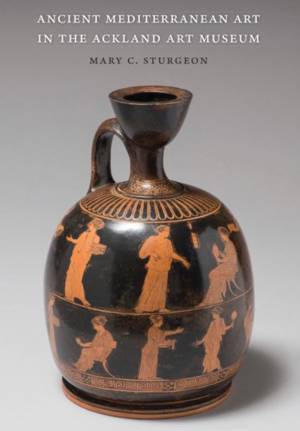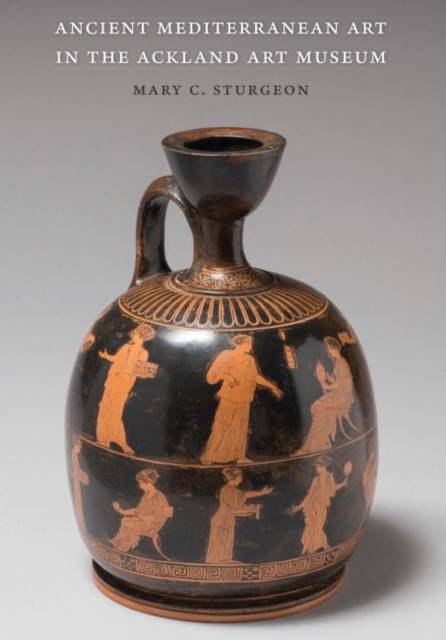
- Afhalen na 1 uur in een winkel met voorraad
- Gratis thuislevering in België vanaf € 30
- Ruim aanbod met 7 miljoen producten
- Afhalen na 1 uur in een winkel met voorraad
- Gratis thuislevering in België vanaf € 30
- Ruim aanbod met 7 miljoen producten
Zoeken
€ 152,95
+ 305 punten
Omschrijving
Ancient Mediterranean Art in the Ackland Art Museum presents the collection of ancient art in the Ackland Art Museum at The University of North Carolina at Chapel Hill. This collection includes a broad array of works of art that come from many parts of the ancient Mediterranean world, including Egypt and the Nile Valley, Mesopotamia, Iran, Cyprus, Greece, and Italy, ranging in date from ca. 5000 BCE to 1100 CE. The collection contains large- and small-scale sculptures made of marble, bronze, terracotta, limestone, and gold and vessels formed of clay, stone, and bronze. Notable groups of objects include Egyptian amulets made of faience, Near Eastern cylinder seals, Cypriot votive statuary of limestone, Greek and Roman coins, and Roman vessels of glass.
Started in 1958, the collection has grown considerably and now includes objects discovered through official excavations in Egypt and the Nile valley and Italy, along with gifts of former faculty members and friends of the University and Museum. From its beginning, the collection was intended to be diverse in scope and was founded to bring to Chapel Hill works of art that would directly support the teaching mission of the university. This volume showcases a significant and valuable collection as never before.
Started in 1958, the collection has grown considerably and now includes objects discovered through official excavations in Egypt and the Nile valley and Italy, along with gifts of former faculty members and friends of the University and Museum. From its beginning, the collection was intended to be diverse in scope and was founded to bring to Chapel Hill works of art that would directly support the teaching mission of the university. This volume showcases a significant and valuable collection as never before.
Specificaties
Betrokkenen
- Auteur(s):
- Uitgeverij:
Inhoud
- Aantal bladzijden:
- 344
- Taal:
- Engels
Eigenschappen
- Productcode (EAN):
- 9781469625515
- Verschijningsdatum:
- 15/06/2015
- Uitvoering:
- Paperback
- Formaat:
- Trade paperback (VS)
- Afmetingen:
- 215 mm x 279 mm
- Gewicht:
- 1247 g

Alleen bij Standaard Boekhandel
+ 305 punten op je klantenkaart van Standaard Boekhandel
Beoordelingen
We publiceren alleen reviews die voldoen aan de voorwaarden voor reviews. Bekijk onze voorwaarden voor reviews.











